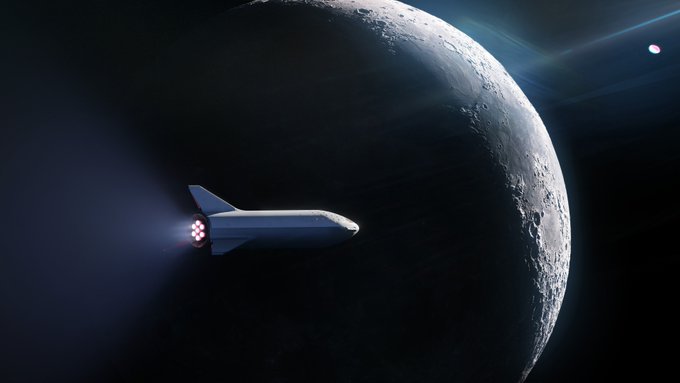https://futurism.com/nasa-deep-space-gateway-2024/NASA Wants Its Deep Space Gateway Habitat To Orbit The Moon By 2024
It’s no secret that humans (well, at least presidents) are aching to go back to the Moon. And now, we have more concrete plans on how we might do that. Earlier this week, the Human Exploration and Operations Committee for NASA’s Advisory Council presented the most detailed plan to date of how, exactly, it will go about it.
NASA’s plan involves something called the Deep Space Gateway, aka the Lunar Orbital Platform Gateway. First announced in March 2017, the Gateway would be a small habitat that would orbit the Moon and would act as a “spaceport for human and robotic exploration to the Moon and beyond.”
We need to start seeing some substantial progress with the SLS first, though.






